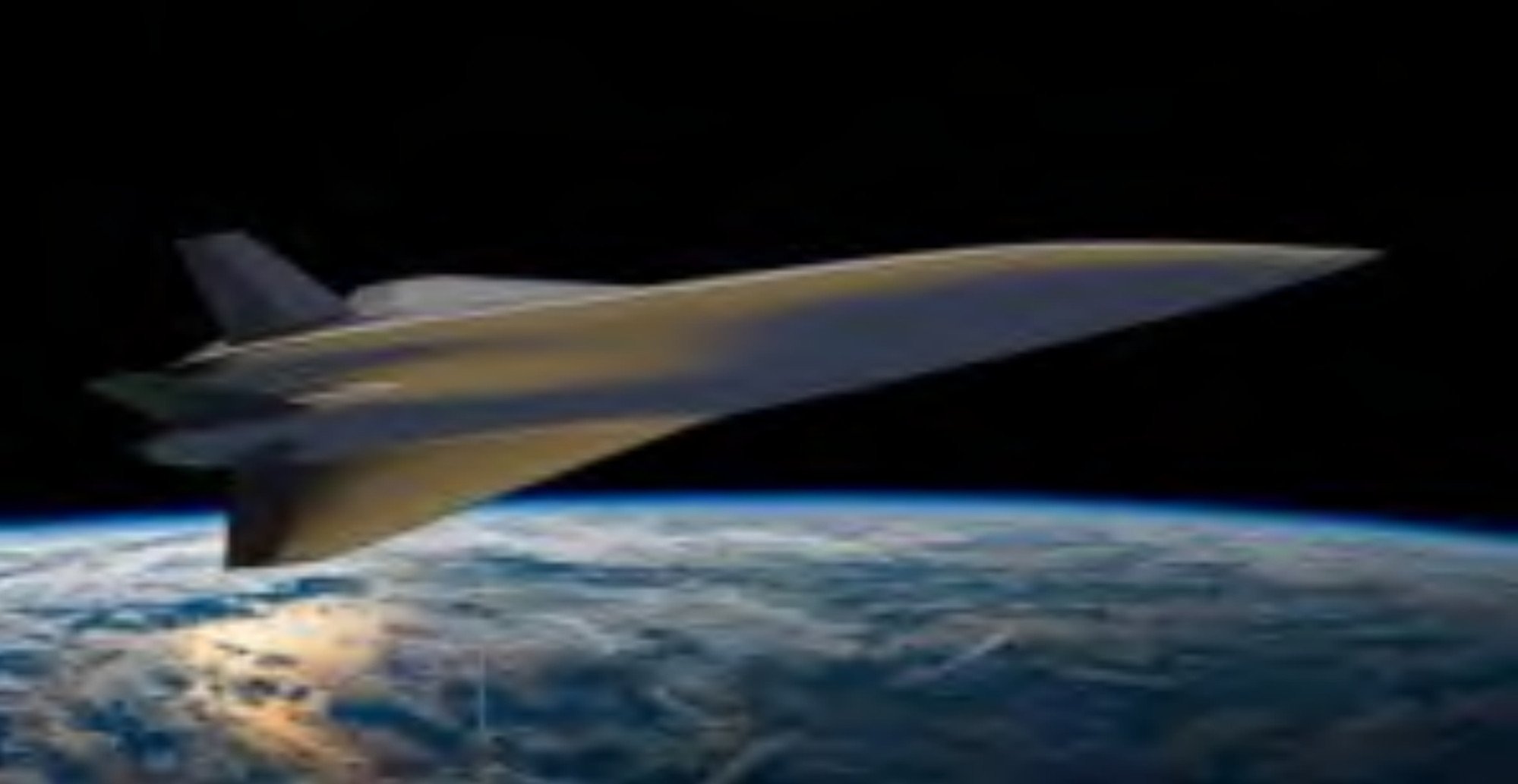The F-22 is the only stealth fighter in the US military capable of supercruise, or sustained flight at supersonic speeds.

Nearly 20 years after introduction, the fighter remains shrouded in secrecy.
William Oehlschlager, a senior aerospace engineer with the Federal Aviation Administration (FAA), said the F-22 could achieve a maximum lift-to-drag ratio of 8.4, according to a presentation he gave in Virginia Tech, a top military engineering university in the United States.
The efficiency is lower than that of the subsonic F-35 because it needs to maintain higher speeds.
The faster an aircraft, the greater the drag it encounters. At 1.5 Mach, the F-22’s lift-to-drag ratio drops to around 4.
China’s hypersonic vehicle maintains a lift-to-drag ratio higher than 4 even while cruising at six times the speed of sound, indicating superior aerodynamic efficiency compared to the F-22 overall.
Chinese scientists create new ceramic that could be used in hypersonic aircraft
Chinese scientists create new ceramic that could be used in hypersonic aircraft
Their findings were published in the peer-reviewed Chinese academic journal Acta Mechanica Sinica on February 23.
Hypersonic technology has gradually moved from conceptual exploration to practical application
Zhang and his colleagues did not disclose the model of the drone, but it bears a strong resemblance to the MD-22 wide-speed-zone hypersonic flight vehicle, which was made public in 2019.
The MD-22, developed by the Guangdong Aerospace Science and Industry Research Institute affiliated with the Institute of Mechanics, is a reusable hypersonic technology test platform for near-space applications, offering ultra-long range and high manoeuvrability.
This unmanned aerial vehicle can deliver a 600kg (1,300lbs) payload at speeds of up to Mach 7 over a distance of 8,000km (5,000 miles), equivalent to the distance between China and the continental United States.
China lab simulates attack on US warships using space weapons, hypersonic missiles
China lab simulates attack on US warships using space weapons, hypersonic missiles
It can withstand up to six-times gravity overload while making a turn at high speeds.
The name MD-22 comes from mingdi, or whistling arrow, which was mentioned by Chinese historian Sima Qian more than 2,000 years ago when he wrote: “When the whistling arrow is fired, anyone who does not obey the person who fired it will be executed.”
The new model described by Zhang’s team measures more than 12 metres long with a wingspan of nearly six metres, significantly larger than the MD-22.
However, its aerodynamic layout, including three engine nacelles protruding from the tail, remains largely unchanged.
In their paper, Zhang and his colleagues wrote that Qian Xuesen, the father of China’s rocketry, “first proposed the concept of hypersonic flight in 1946”.
“With the advancement of aerospace technology, hypersonic technology has gradually moved from conceptual exploration to practical application,” they said.
The aerodynamic design of the MD-22 family of hypersonic vehicles differs significantly from that of Lockheed Martin’s SR-72, Boeing’s Valkyrie, and the UK’s Skylon, featuring a simpler and sleeker appearance.
China lab simulates attack on US warships using space weapons, hypersonic missiles
China lab simulates attack on US warships using space weapons, hypersonic missiles
Their future focus would be on reducing costs, improving reliability and improving radar stealth performance “to achieve a phased transition from functionality to usability”, they wrote.
Aerodynamic design is a big factor determining the success or failure of a hypersonic vehicle project. The US HTV-2 drone crashed twice due to loss of stability during high-speed flight, leading Nasa to abandon the project.
However, China has continuously supported research and development in this field and conducted many test flights.


